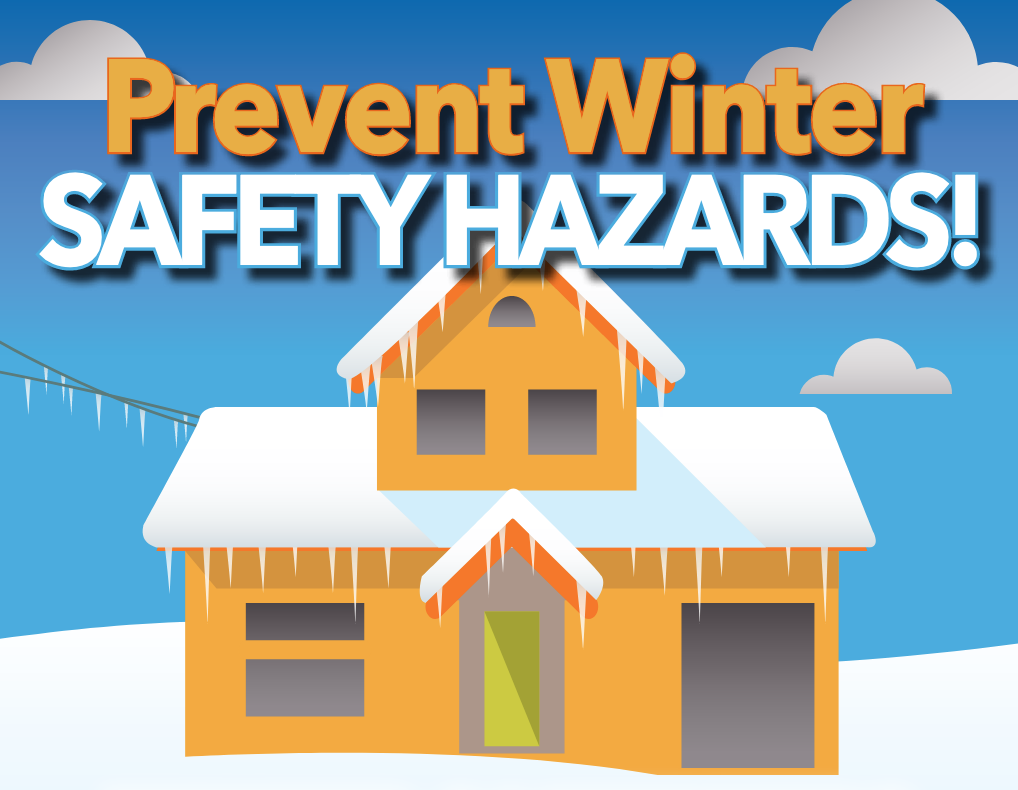A space heater has been implicated in the recent fire tragedy and loss of life in the Bronx. It highlights the important fire safety message conveyed in the Senior Home Safety Specialist certification training. Space heaters, especially those without automatic thermostat or tip-over shut-offs, can be especially dangerous. Given our changing winter weather patterns and unexpectedly cold temperatures in many places, space heaters are commonly used for supplemental heat.
There are a wide variety of space heaters from which to choose if you want supplemental heat. They are designed to warm a small space or a single room instead of running the whole house heating system in an effort to heat the entire home. Space heaters are usually electrical but some styles use propane, natural gas, kerosene, or wood pellets as the fuel source. Using a space heater may be less expensive than heating the entire house, but can be dangerous.
As fire departments across the country battle winter home fires, the U.S. Consumer Product Safety Commission (CPSC) reminds consumers to demonstrate care when purchasing and using space heaters. CPSC estimates that space heaters, including both fixed and portable heaters, are associated with about 25,000 residential fires every year. About 300 people die each year in fires started by these heaters. Fuel-burning space heaters also can cause carbon monoxide poisoning and indoor air pollution, because of improper venting or incomplete combustion.
If a space heater is the solution for your home, here is more information about the current available styles
Radiant Heaters
These heaters warm the small areas, typically in a single direction. Radiant heaters work best if you are trying warm a specific spot in your house, like a play corner or near your favorite reading spot. Radiant heaters are especially effective in rooms with high ceilings or drafty areas as they concentrate the heat where it is most needed. The advantages of the radiant heaters include efficiency, small size, portability and use inside or outside. The disadvantages are the lack of heated air circulation and the possible danger to children or pets with exposed heating elements.
Convection Heaters
Convection heaters are also known as forced air heaters. They use a fan to circulate the air and may take longer to raise the temperature because the heater is heating the air itself. The advantages are heating the entire room but are best used in small areas or rooms with good insulation. The disadvantages include reduced energy efficiency, time to heat a whole room and may be louder.
Filler Space Heaters
Filler space heaters are usually fueled by oil, although there are some models hat use kerosene. These heaters take longer to produce heat because the filled material must be heated first. The advantages are the quiet running and the lack of exposed heating elements. The disadvantages are the length of time to begin to feel the heat in the space and the heaters are larger, heavier and more difficult to move.
Do your research for the best solution to meet your supplemental heating needs.
Remember to keep children and pets away from any space heater in use, no matter the style. Safety for our families and homes is the paramount concern.
Prevent Winter Safety Hazards: https://cpsc-d8-media-prod.s3.amazonaws.com/s3fs-public/01_Winter%20Safety_Eng05.pdf
More Resources: https://www.energy.gov/energysaver/small-space-heaters

